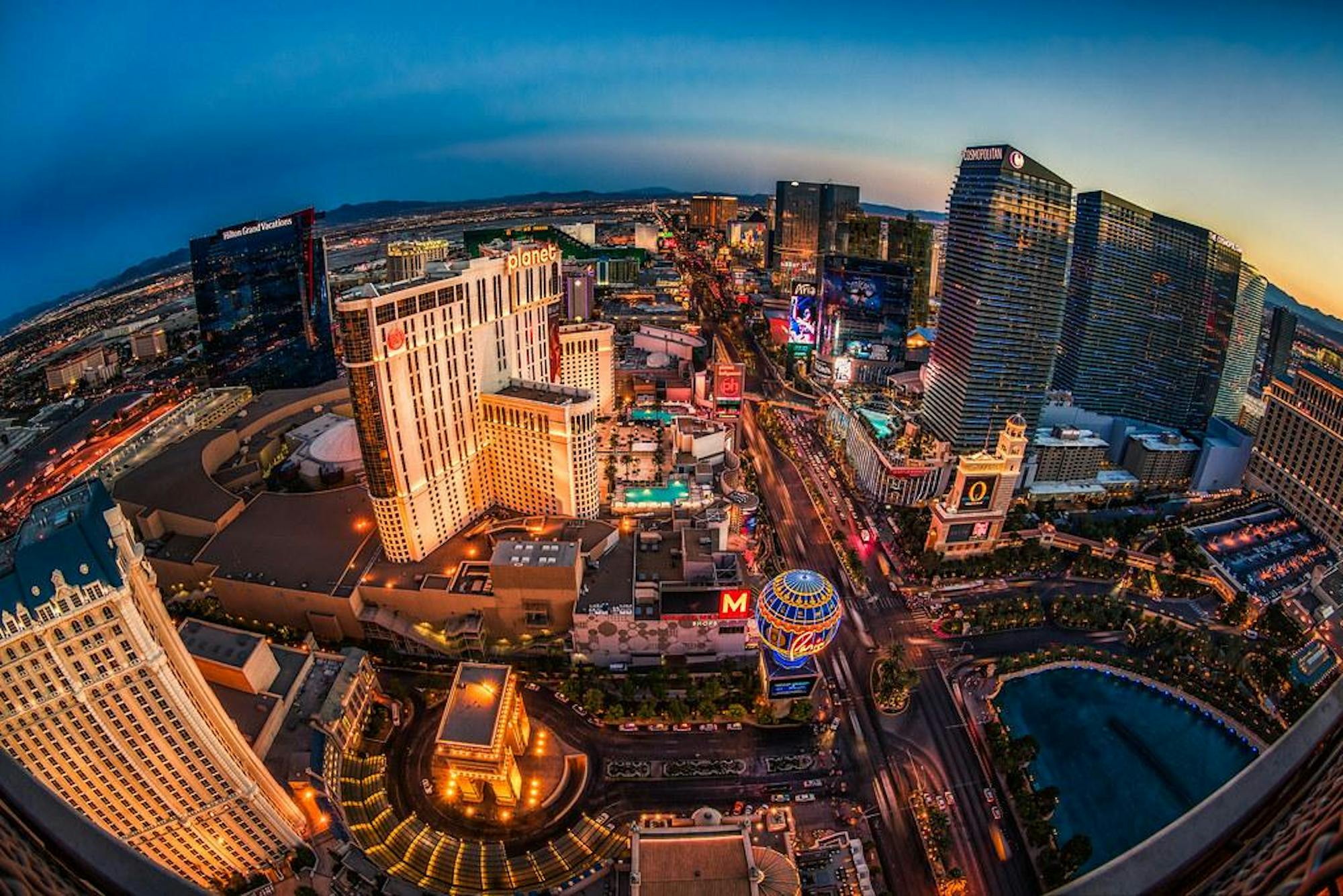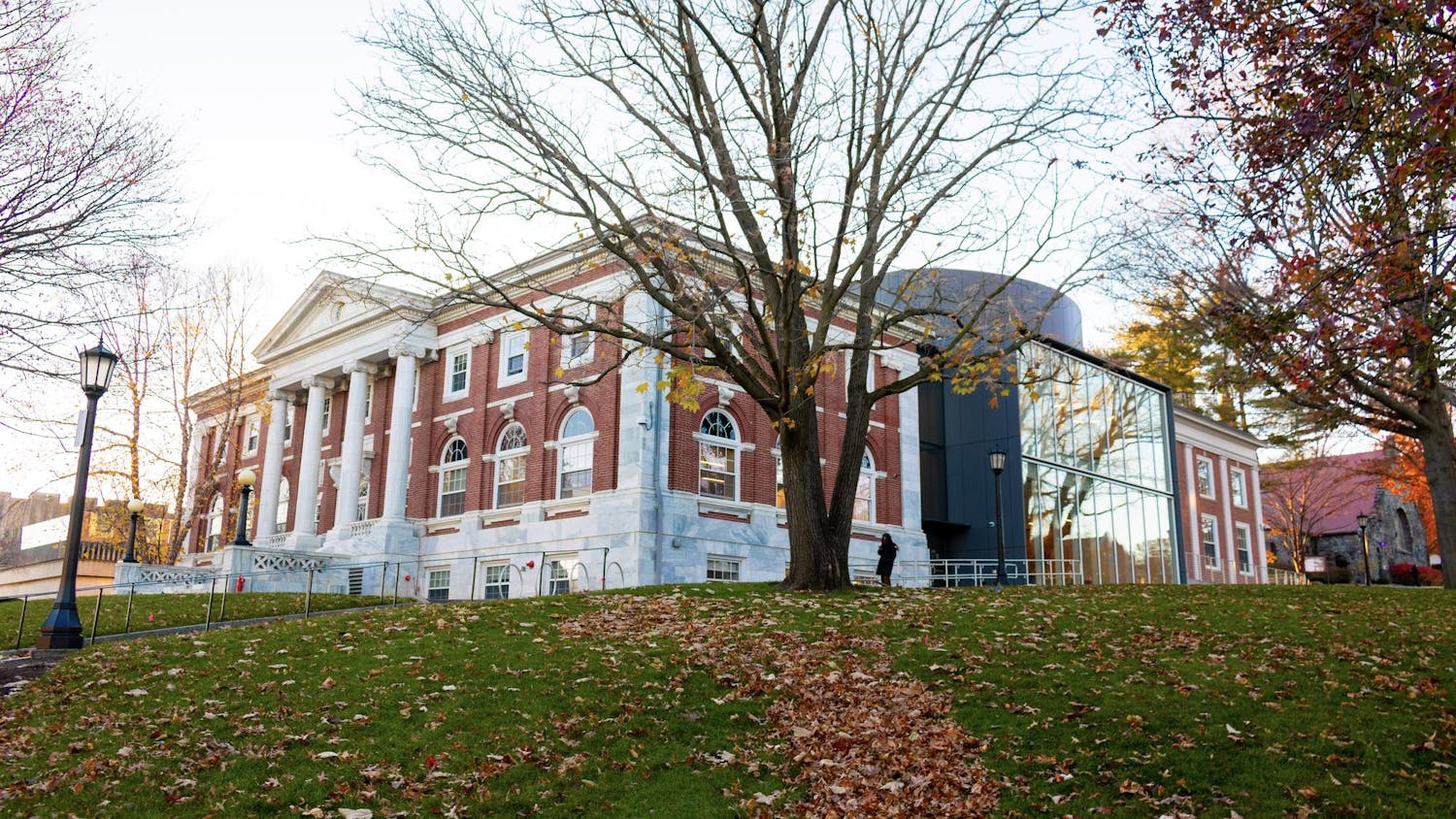In recent years, the “Marriage Capital of the World” has managed to divorce itself from excessive water use. Las Vegas, the Nevada city known globally for opulent casinos, luxurious hotels and superb restaurants, has championed water conservation as a major item on its agenda. Despite its desert geography, Las Vegas has stood out for recycling water since the early 2000s. John Entsminger, the general manager of the Southern Nevada Water Authority, told CBS that all water in the city that’s used indoors is recycled. Furthermore, he declared “you could literally leave every faucet, every shower running in every hotel room, and it won’t consume any more water.” Between 2002 and 2022, in response to the “megadrought” affecting nearby Lake Mead, southern Nevada reduced its overall water use by 26% even as the population grew by 750,000 people. Innovations and programs by the government of Nevada need to be exported to mitigate water loss in both rural and urban regions globally.
Business leaders in urban Las Vegas are taking a rational approach to addressing the climate crisis. Take MGM Resorts –– Anthony Williams, senior vice president for MGM, revealed that the Bellagio Hotel’s famous fountains use water from a private well as opposed to the Colorado River. Because of conservation efforts like this, MGM has saved over 5.6 billion gallons of water since 2007. These efforts have not been implemented because MGM wants to feel better about themselves –– they understand that the “long term aridification of the desert” is a serious risk factor for their business. To solidify their commitment to water conservation, in 2022, MGM endorsed the CEO Water Mandate, a U.N. initiative encouraging business owners to manage water use, becoming the first Las Vegas-based company to commit to such an initiative. Other major corporations in the region should follow MGM’s lead.
At the state level, the government has established successful water conservation initiatives and policies. SNWA runs a number of programs aimed at cutting water use and incentivizing water conservation. The Water Efficient Technologies program, for instance, incentivizes property owners to install water-efficient technologies in their homes. Since 2001, participants in WET have saved over 19 billion gallons of water. The program allows users to select from a range of efficient implements, including high-efficiency toilet retrofits, efficient showerhead retrofits and grass-to-artificial surface field conversions. The methods employed by Las Vegas and Nevada should serve as a model to the rest of the country and world, as roughly one-fourth of the world’s population does not have access to clean drinking water. Rural and urban areas are bound to suffer unless drastic measures are taken to cut back on water consumption.
Agriculture currently accounts for roughly 80% of water use in the Southwestern U.S., which poses a very real threat to rural areas in the region. Robert Glennon, a Western water law expert from the University of Arizona, believes farmers could conserve water by “switching from flood irrigation to using pivoting sprinklers or drip lines,” a measure that, while expensive, is partially covered by federal funding intended for drought mitigation. Glennon hopes that the farming sector could cut back on its water use for the greater good. Agricultural states in the U.S. should prioritize overuse on farms through programs like WET.
Rural agriculture is not the only sector at risk due to excessive water use –– urban areas are equally compromised. The daily water usage by the elites of Cape Town in South Africa has been shown to be double that of upper-middle income households and more than eight times that of lower income households due to their luxurious lifestyles. This consists of amenities like gardens, swimming pools and additional water-related installations. In the long run, perpetual inequality could exacerbate water crises in urban areas. Urban water usage inequalities are not unique to South Africa. The U.N. currently projects the urban population facing water scarcity to “double from 930 million in 2016 to between 1.7 and 2.4 billion people, in 2050.”
It is clear that water consumption and water scarcity in rural and urban areas alike are issues that deserve considerable attention at the state, federal and international levels. Struggling regions should use Nevada’s water conservation programs as a model. There needs to be long-term strategic planning to conserve water and sustain agriculture in the U.S. and abroad. As Reya Kumar aptly points out, banning decorative grasses is one useful measure. Powerful corporations can invest in desalination, a sector whose demand is expected to increase. Finally, local governments can incentivize residents to acquire water monitors, which can alert homeowners to leaks and optimize shower durations. This issue needs international attention, starting with the U.S. federal government. We should all look to Sin City for how to atone for our water consumption wrongs.






